Scary but Common Dog Problems
From flaky, itchy skin to irritable behavior in dogs, these are common dog problems pet owners have faced many a time.
Having a dog is a joy for singles, couples and families. But it doesn’t always come without problems — what’s the fun in that? Thankfully, the most common dog problems you’ll experience can be resolved with simple solutions.
From flaky, itchy skin to irritable behavior in dogs, these are common dog problems pet owners have faced many a time. Let’s look at some of the concerns you may face as a dog owner and help you figure out exactly how to solve them.
The Problem: Barking

Getty
Many dogs bark, howl, whimper or whine as a means of communicating with you and other dogs.
This only becomes a concern when the barking is excessive or disturbing to you and your neighbors.
The Solution
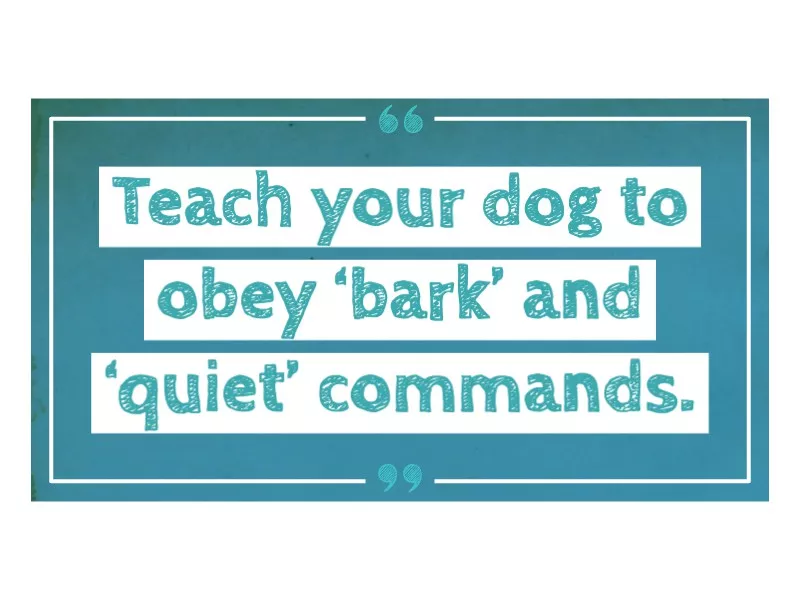
The important first question to ask is, why is your dog barking? It could be a sign of excitement, attention-seeking, anxiety, boredom, a warning or simply a response to other dogs.
Teaching your dog to obey “bark” and “quiet” commands by rewarding your dog when they’re quiet or cease barking is the best remedy. This requires dedicated training time, but it’s worthwhile.
The Problem: Chewing

Getty
Whether it’s your couch, your shoes or your wardrobe, when your dog takes to chewing your things, you’ll soon find a trail of destruction in the home.
The Solution
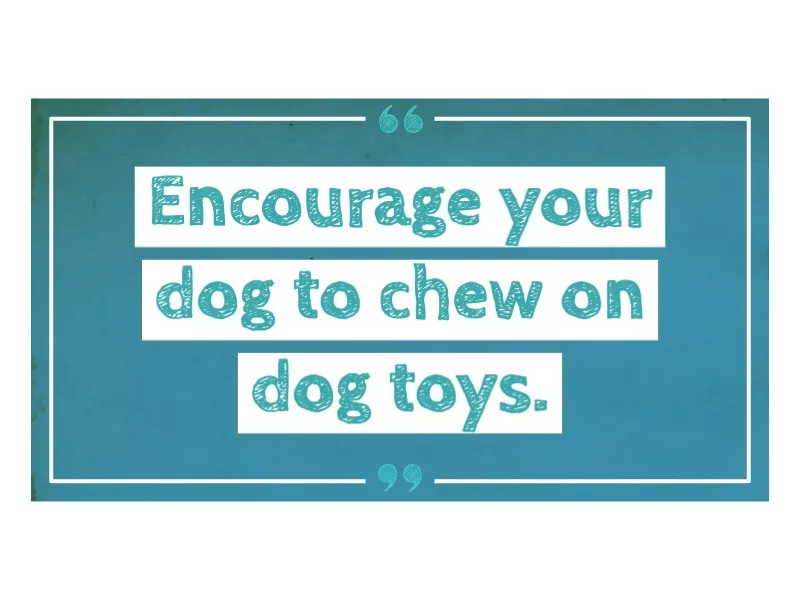
It’s not uncommon for dogs to chew on things, but when it becomes regular and destructive, it’s time to consider what’s causing the behavior. Puppies regularly chew on things when they’re teething. Other reasons may include boredom, attention-seeking or anxiety again.
Encourage your dog to chew on dog toys by rewarding your dog for doing so and providing ample appropriate chew toys. When your dog is chewing on something it shouldn’t be, make a sharp noise and immediately remove the object.
The Problem: Digging

Getty
This is not uncommon for dogs. Many breeds, like terriers, are prone to digging due to their hunting tendencies.
They typically dig to alleviate excess energy or boredom, to hide their possessions or to escape.
The Solution
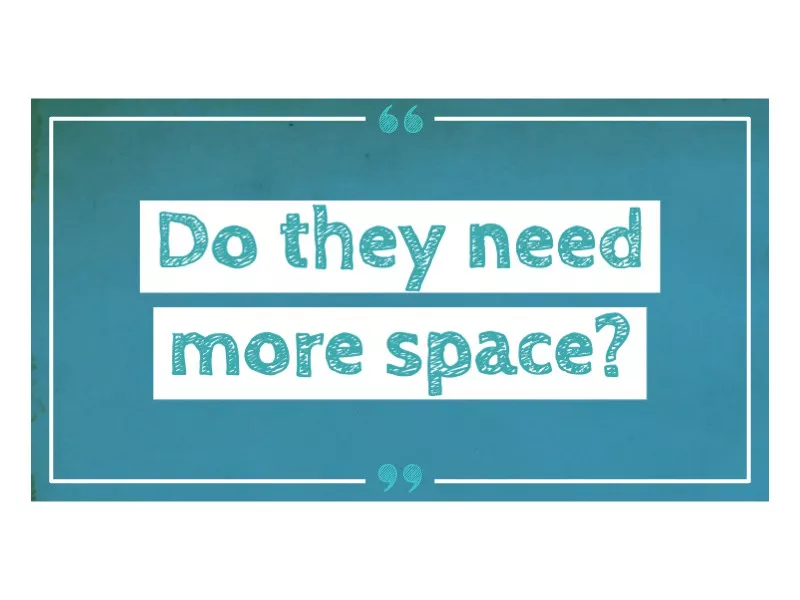
If your dog is digging as a means to escape, consider how you can make the environment more comfortable and appealing for your dog. Do they need more space, toys, access to water and food, or somewhere quiet to feel safe?
Make sure you’re providing your dog with plenty of exercise and playtime. If your dog is digging due to hunting instincts, give it a dedicated space to dig like, say, a sandbox.
The Problem: Separation Anxiety

Getty
Just like humans, dogs can become lonely and anxious when left alone for extended periods of time. Your dog may be destructive towards their environment, noisy or prone to chewing or urinating inappropriately.
To know if this is due to separation anxiety, consider whether this behavior starts as you are preparing to leave or whether the problem behavior begins within 15 minutes of leaving.
The Solution
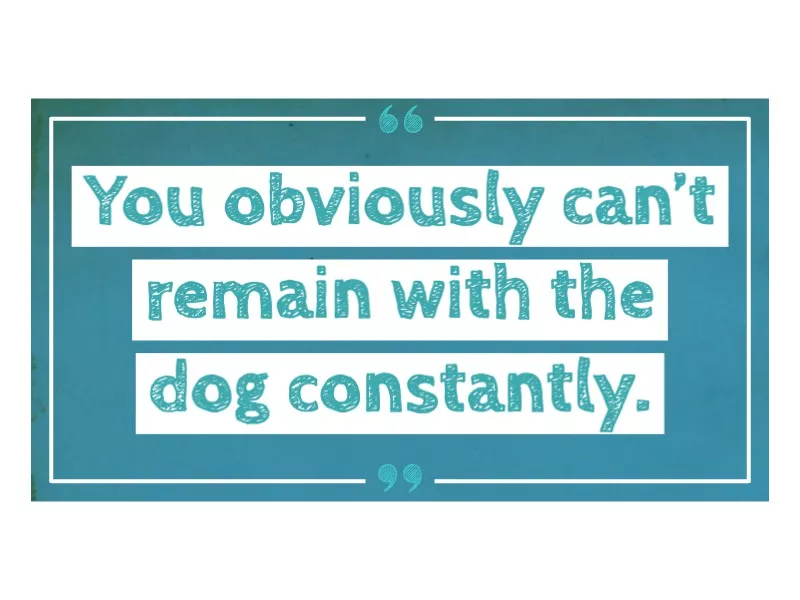
The solution to anxiety separation requires dedicated, professional dog training since you obviously can’t remain with the dog constantly. It is not a problem that will be solved quickly, but once training has been engaged, this should be solved long term.
In cases of extreme agitation, medication may be required. A vet is the best resource.
The Problem: Pooping and Urinating Inappropriately

Getty
For many families, keeping your dog indoors or adapting to smaller spaces requires that your dog has a dedicated “puppy pad” or patch of lawn where it knows to defecate inside or out.
You know you have a problem when your dog is urinating or pooping in public places, in the homes of friends and family, or inside the home in the bedroom, kitchen or other unwelcome areas.
The Solution

If your dog is already house trained, the first step is to discuss the problem with your vet. It may be a health problem, wherein your dog can’t control its behavior. If they’re younger, it could also be that your dog is trying to establish its territory by marking it.
Either way, your dog isn’t understanding that it should be defecating and urinating in a specific area. After all, it’s not instinctive for dogs to relieve themselves in a certain place. The only place they won’t do it is where they sleep.
So, patience is key. American Humane says never to rub a dog’s nose in urine or feces or punish the dog for an accident, as it will instill fear. Instead, reward the dog whenever they do relieve themselves in the appropriate area. Having a feeding schedule will also help you both better understand certain times when your dog needs to go outside.
The Problem: Begging

Getty
It’s not uncommon for dogs to become excited when you pull the lamb roast from the oven. When it whines, leaps on you, trails you and refuses to calm down though, you know there’s a problem.
Indulging your dog when it begs by feeding it may lead to unhealthy weight gain and digestive problems.
The Solution

Don’t indulge your dog. Giving in “just once” can result in making excuses to do so regularly. Train your dog to know that they have specific food and a specific feeding time. This way, your dog is secure in knowing they will be fed.
Before you sit down to a meal, ensure your dog is away from the kitchen and table — preferably, out of sight where it won’t be tempted to linger and try to catch scraps. If you want to treat your dog for behaving during your meal, make sure you give it a small treat after you’ve finished your meal.
The Problem: Chasing
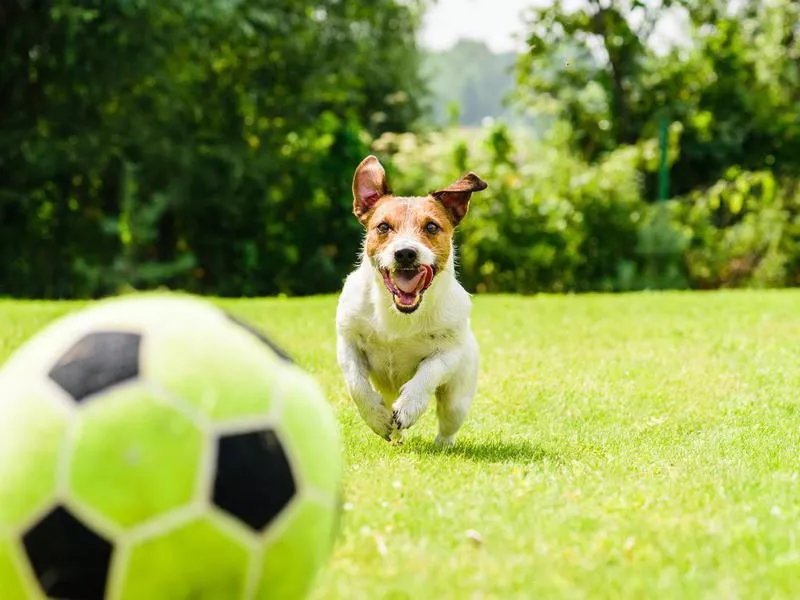
Getty
Dogs with hunting instincts are particularly prone to chasing.
This can be a dangerous habit though, especially if your dog takes to chasing other animals, people or cars.
The Solution
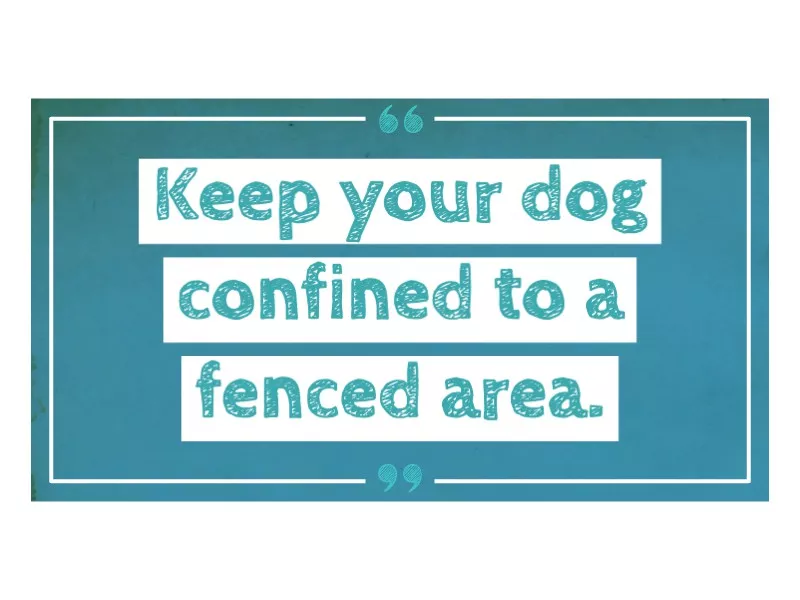
While you can’t necessarily change your dog’s desire to chase, you can make sure it is as safe as possible. Keep your dog confined to a fenced and secure area when you’re not with it.
When walking, ensure your dog is securely on a leash at all times. Train your dog to respond to its name immediately through dedicated training and reward.
The Problem: Jumping

Getty
As exciting as it is for your dog to see you after a day at work, sometimes the jumping can be excessive and, in the case of bigger dogs, harmful.
Often, your dog is jumping to gain attention, so the solution is to address the cause.
The Solution
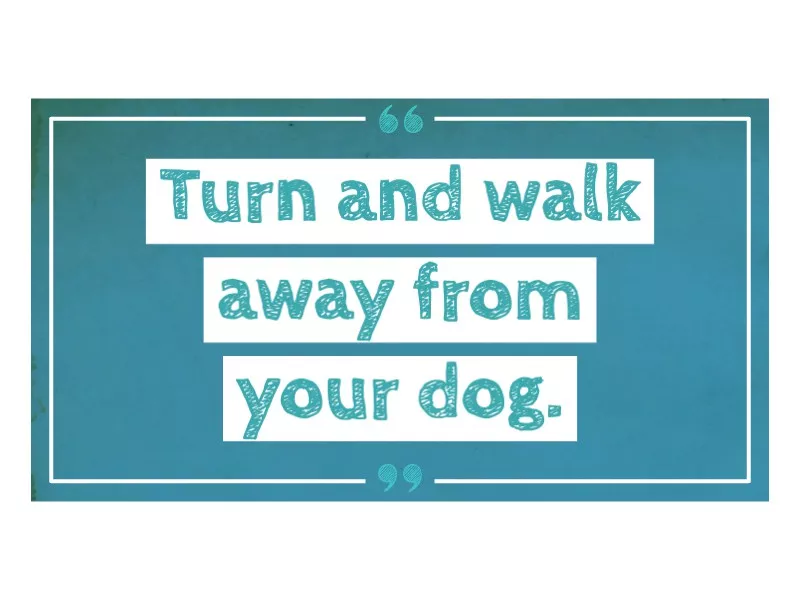
Let your dog know that jumping isn’t going to result in attention by trying to ignore the behavior. Turn and walk away from your dog. Do not make eye contact or touch the dog, but continue your business.
When your dog calms down and has sat down or held still, reward them with a treat. This is all about training your dog in what behavior is acceptable.
The Problem: Biting
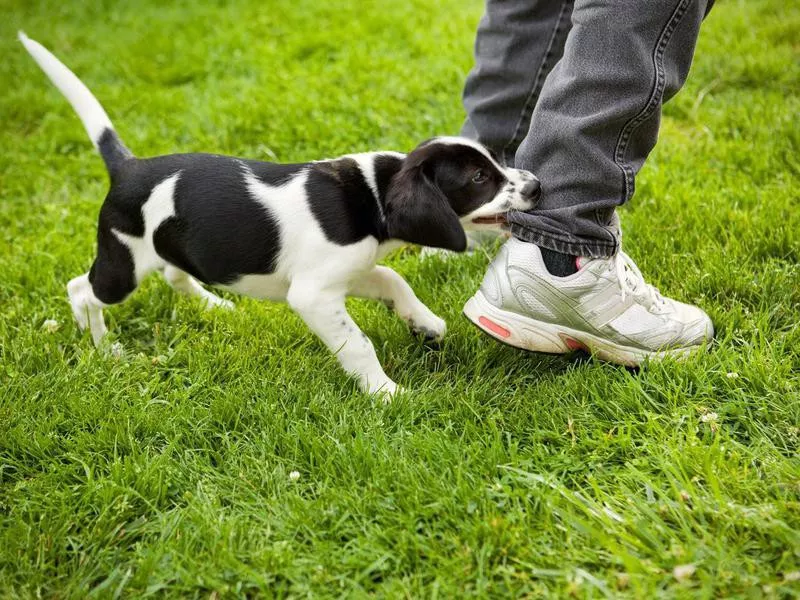
Getty
Dogs typically bite out of curiosity. Puppies tend to bite and nip at their mother or their brothers and sisters as they are exploring their environment. Mother dogs tame their pup by disciplining them for biting too hard.
That means owners may need to undertake this training themselves when their dog is biting and causing harm or damage to people or the environment.
The Solution

Your dog may be biting out of curiosity, but they may also be biting out of fear, defensiveness, to protect or defend its home or owners, because they’re in pain or ill, or because they learned this is acceptable.
Dedicated training that rewards good behavior and results in a withdrawal of attention for misbehavior is the best solution. Your vet may also recommend particular topical products to prevent biting people or things.
The Problem: Aggression
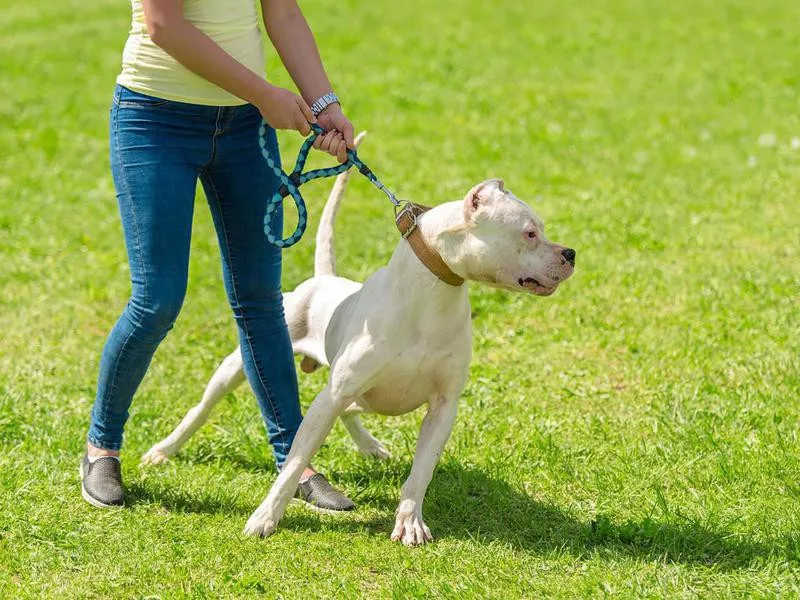
Getty
Dogs are naturally protective of their owners. This is a problem when your dog becomes aggressive toward people and other dogs though.
Some breeds are more prone than others to become aggressive, but it is typically more a result of breeding, training and the environment.
The Solution

Consult your vet if your dog is becoming aggressive towards you, other people or other dogs. It may be that there’s a health problem your dog is trying to alert you to, or it is fearful or in pain and lashing out.
If your vet gives your dog the all clear, seek the assistance of a professional trainer or behaviorist to ensure your dog learns appropriate behavior toward humans and animals. This is for your own safety and the safety of your dog and others, and is really something you shouldn’t take on yourself.
The Problem: Allergies
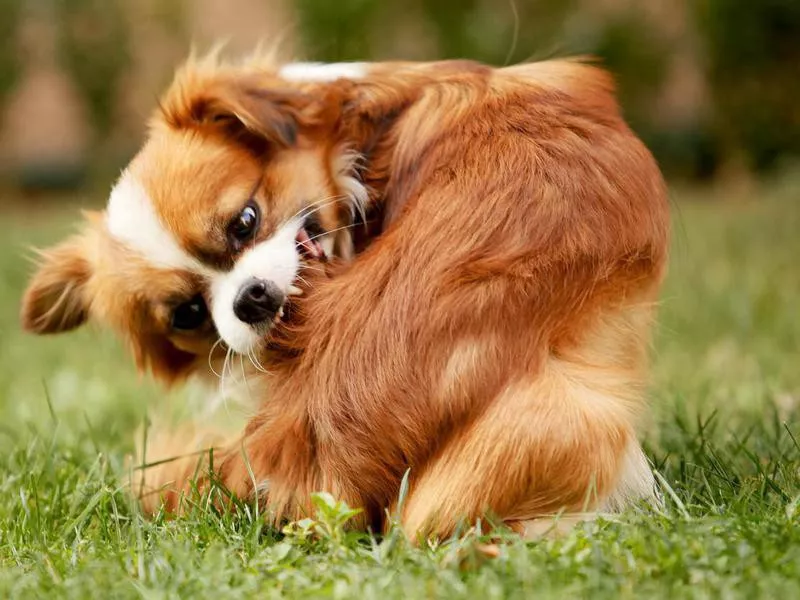
Getty
Dogs, like humans, can have reactions to particular plants, foods or topical products like shampoos or sprays.
The Solution

Identify what is causing the allergy, which may require professional testing by a vet to determine. While in most cases you can simply avoid the allergen by removing it from the environment, it may be that your dog reacts to a product of the environment. like pollen or dust, which is unavoidable.
Your vet can prescribe an allergy supplement, typically an antihistamine, or recommend a desensitization routine.
The Problem: Shedding
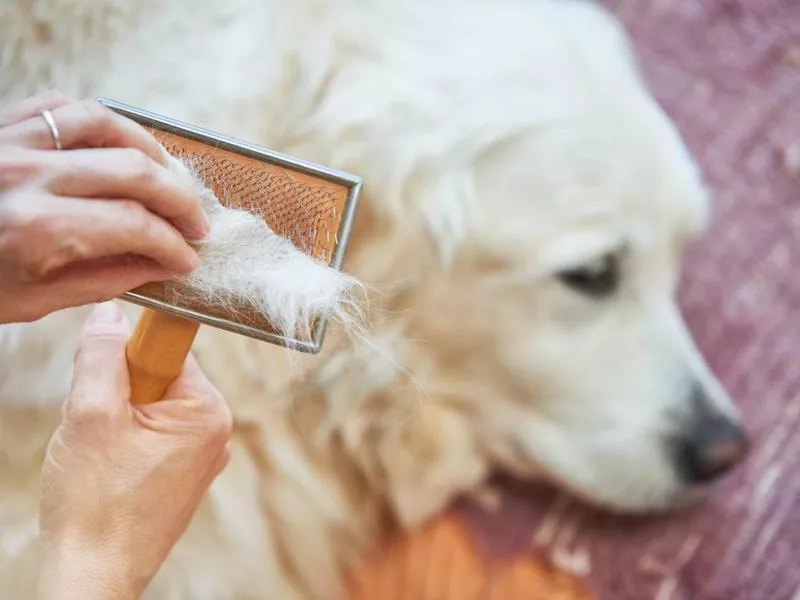
Getty
Most dogs shed hair, but there are some breeds that don’t. These are considered hypoallergenic breeds.
The shedding is problematic when it covers your furniture, carpets and when it seems excessive.
The Solution

Regularly washing and brushing your dog to ensure there isn’t a build-up of hair or skin that is causing excessive shedding is the first step. But you may also want to inquire with your vet as to whether there are dietary or environmental causes for your dog shedding excessively.
Note: There are particular dog hair vacuums that easily and quickly remove hair from surfaces.
The Problem: Bad Breath

Getty
Nobody wants to ditch their dinner to raid the dog food. It often doesn’t look or smell appealing to us.
That said, it shouldn’t cause your dog to have smelly, offensive breath if it is healthy, nutritious and not causing a digestive problem.
The Solution

Bad breath can be a sign that your dog has an allergy to particular foods, so see a vet or try different dog food. Your dog may also have plaque or dental problems, which could simply require you to brush its teeth with antibacterial toothpaste designed for dogs.
But if an inspection indicates decay or discoloration of the teeth and gums, see your vet for a check-up ASAP.
The Problem: Scrapes, Cuts and Rashes

Getty
Your dog may have a particularly sensitive reaction to grasses, fabrics, food or perfume. While prevention is better than cure, when your dog has a skin reaction, a topical treatment should fix the problem (unless it’s severe).
If the reaction is severe, see a vet immediately.
The Solution

An antifungal and antibacterial spray can usually treat redness, sensitivity or discoloration of the skin.
If your dog has scraped or cut a paw, make sure there’s no glass, thorns or matter caught in the wound by cleaning gently with a saline solution. Follow up by applying the spray and bandaging if necessary.
The Problem: Sharp or Long Claws
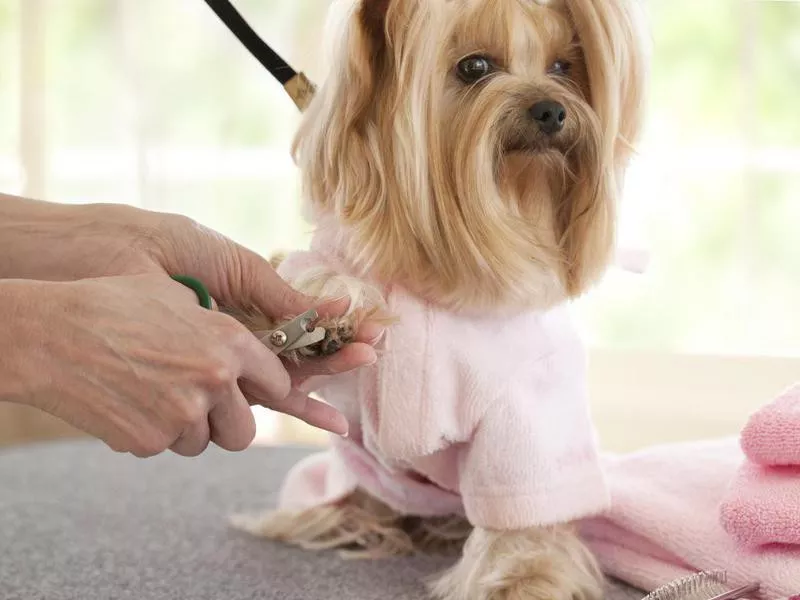
Getty
Your pup may inadvertently be scratching you or your furniture with long or sharp nails.
Their nails can also prove problematic in catching on things, potentially resulting in breakage, painful pulling or even tearing from the paw.
The Solution
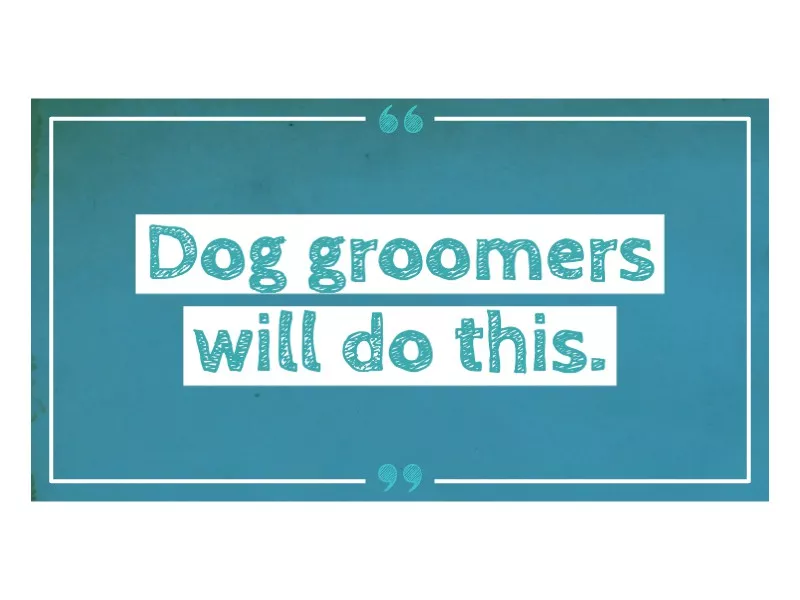
Regularly investing in nail clipping is the best solution. Often, dog groomers will do this as a part of standard grooming treatment, but you can also specifically ask for nail clipping alone.
Your vet can also clip nails, or you can do it at home with a nail grinder, which is less daunting for puppies or dogs that are spooked by regular nail clippers.
The Problem: Smelly Coat Between Washes
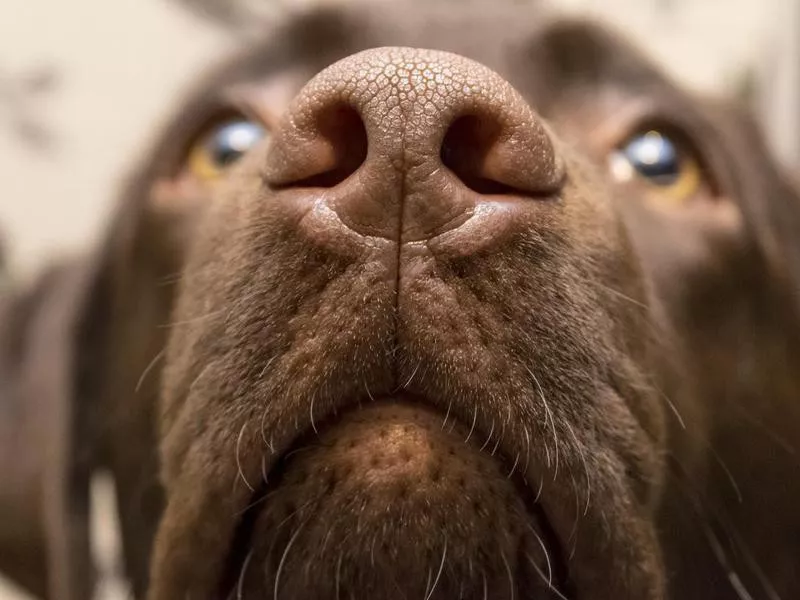
Getty
Regularly washing your dog is a good idea for both its health and the cleanliness of your environment.
That said, between regular washes your dog may be smelly after a walk or rubbing itself against something unpleasant.
The Solution

Rather than washing your dog every second night, invest in dry shampoo. There are low-irritant formulas that have the added benefit of moisturizing the skin and soothing it.
Products with oat milk and aloe vera often treat sensitive skin and soften the coat upon application.
The Problem: Knots and Tangles

Getty
Dogs of various breeds may have high-maintenance coats. We’re looking at you, poodle!
Those with long hair or thick coats require dedicated grooming to prevent tangles and knots, which can only worsen if not treated.
The Solution
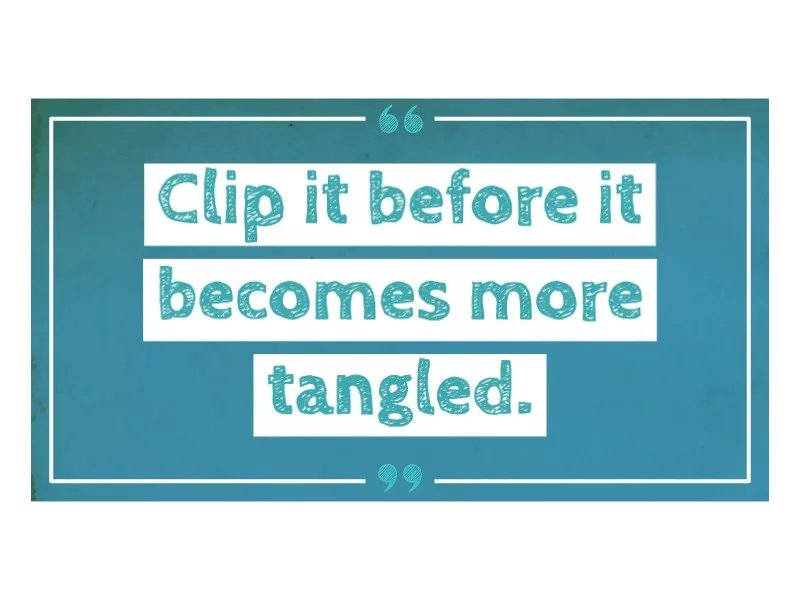
To prevent tangles and knots, have your dog groomed so that their coat is kept at a manageable length. If you prefer not to cut the length of your dog’s coat, then ensure you are brushing it daily to prevent a build-up of knots and tangles.
Use a softening, moisturizing shampoo and conditioner to prevent dryness and tangling. If the knot can’t be brushed out, clip it before it becomes more tangled. Avoid using a brush with sharp or harsh bristles so that your pet doesn’t fear being groomed.
The Problem: Loneliness

Getty
Your dog seeks company and occupation as much as humans seek to alleviate loneliness.
You can’t be with your pet at all hours, but you can certainly make their environment healthier and less lonely.
The Solution

Make sure you are walking and exercising your dog sufficiently. Your dog craves the company of other dogs, so try to make sure you are walking your dog at a time when it will meet other dogs and people.
Socializing is a healthy part of your dog’s life. Sometimes leaving the radio or television on can alleviate anxiety. Make sure there’s plenty of toys and space to play if you’re going to be out for more than an hour or so.
The Problem: Tongue Hanging Out

Getty
Dogs commonly let their tongues hang out when they’re entirely relaxed or excited.
There are conditions, though, in which your dog’s tongue hanging out may indicate a condition or health concern.
The Solution
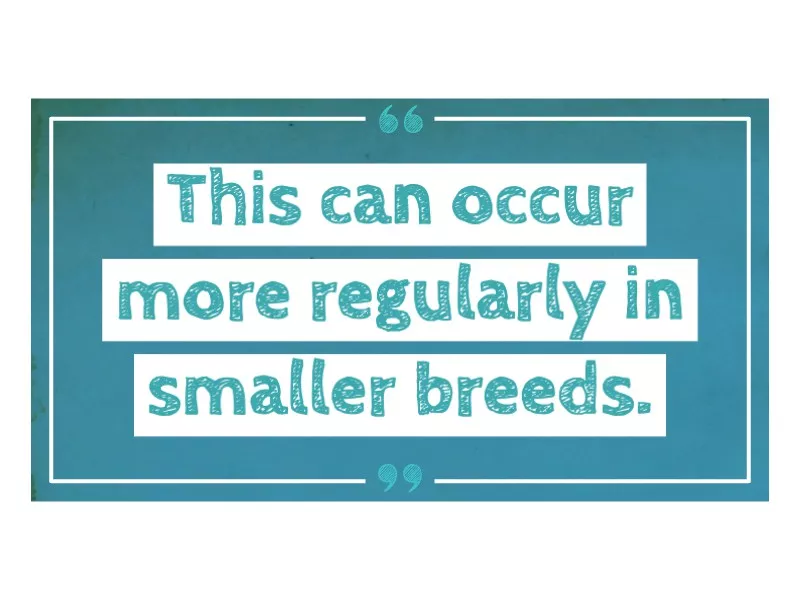
Hanging tongue syndrome occurs when your dog leaves their tongue hanging out where it will become dry and painful. This can occur more regularly in smaller dog breeds like chihuahuas but is not isolated to them.
Your dog may have an injury to their muzzle or jaw. It could also be a neurological disease or a deformity to the mouth or teeth. The best solution is to have your dog checked by a vet.
The Problem: Humping

Getty
Dogs typically mount and engage in humping behavior in response to energy arousal. This can include either humping your leg or a cushion.
And it may be an attempt at trying to play with you if you are ignoring them.
The Solution

Humping is a common play gesture that both male and female dogs engage in, even when they’ve been neutered or spayed. If your dog has never been taught otherwise, this behavior can become a normal part of their play.
If you find it excessive or problematic, it’s a matter of stopping your dog as soon as it starts the behavior and rewarding your dog for settling and ceasing the behavior. If training isn’t successful, inquire with your vet about the cause and potential treatments available.
The Problem: Pus or Mucus in the Eyes

Getty
Your dog may have pus or mucus around their eyes, which indicates an inflammation of the lining of the eyes.
It could be conjunctivitis or dry eye caused by anything from allergies to trauma, birth defects or tear-duct problems.
The Solution
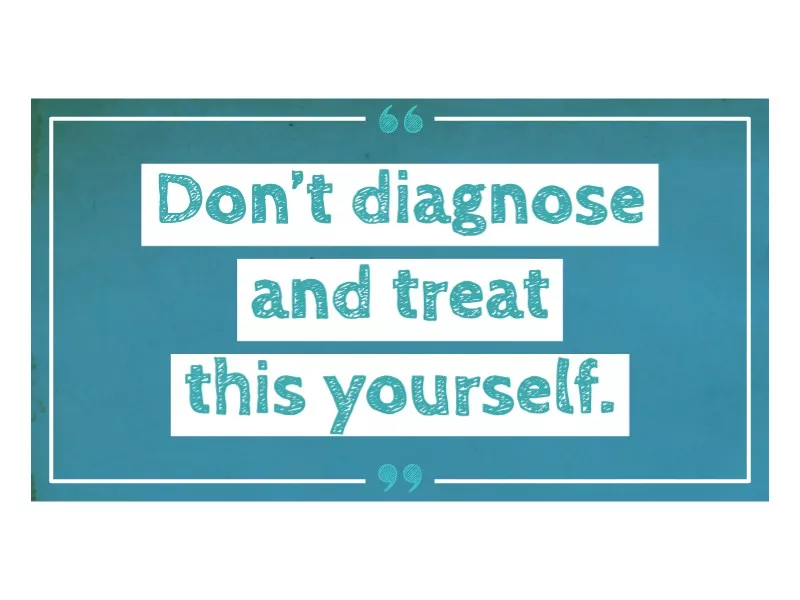
Treating excessive tearing or conjunctivitis may require topical antibiotics or steroids, although more serious cases could result in surgery for duct obstruction, ulcers or abnormal eyelashes.
Don’t diagnose and treat this yourself, and instead, make sure you seek a professional diagnosis.
The Problem: Pulling on the Lead
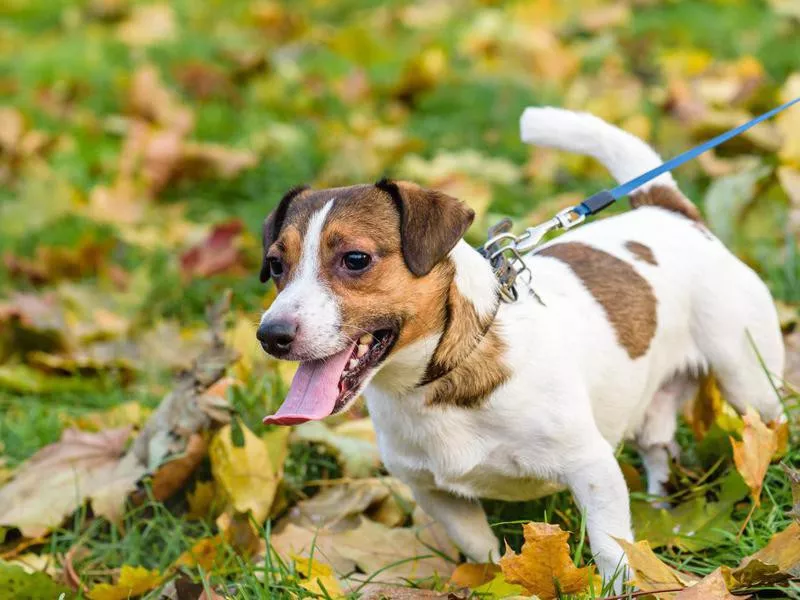
Getty
Sometimes, it’s simply annoying when your dog gets excited and pulls you along.
But if it becomes habitual, your dog’s pulling can risk tripping you or causing strain in your shoulder and back muscles to the point of injury.
The Solution
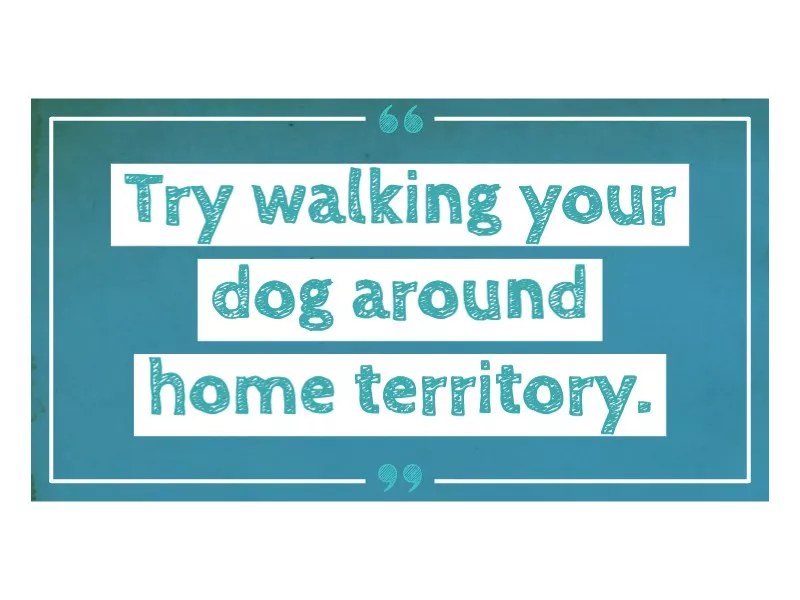
Try to handle this problem as soon as it starts rather than allowing your dog to continue the behavior and believing it’s normal. Try walking your dog around on home territory (inside and in the garden) on a leash so that they feel safe in the familiar space. Consider using a harness or a head halter.
Train your dog to respond to the “sit” command, and provide treats when your dog sits and walks calmly. Repeat these commands and reward good behavior as you progress the walks from familiar territory to longer walks outdoors.
The Problem: Fearful of Stairs
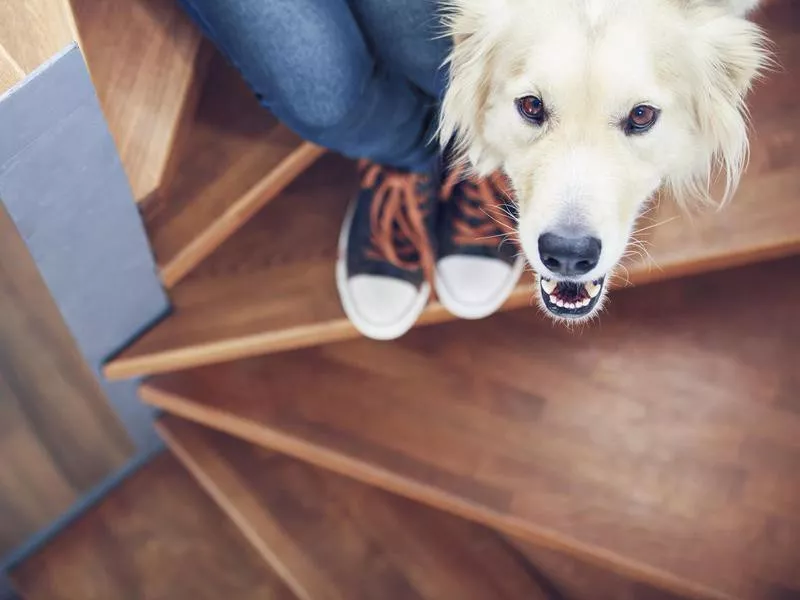
Getty
Dogs may look at stairs as a major hazard since they can appear as a sharp drop or a mountainous challenge.
If your dog gets excited or too enthusiastic, they may end up tripping and falling or hurting themselves climbing or descending the stairs.
The Solution

Begin by teaching your dog to sit and stay while you take the stairs to the other end (top or bottom). Once you have reached the other end, command your dog to come. This way your dog won’t need to navigate around you as it takes the stairs and can focus on each step.
Reward your dog for successfully climbing or descending the stairs with a treat. If your dog is fearful of the stairs still, it’s possible that there’s a joint problem or an injury. It may be valuable to have a veterinary opinion.
The Problem: Eating Dog Poop
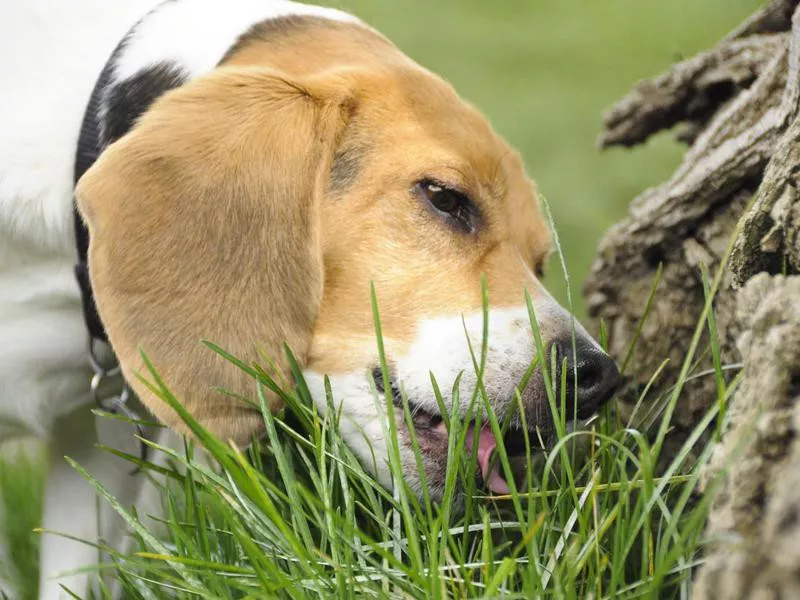
Getty
Nothing can make you feel more nauseous than the idea of your dog eating their own poop and then giving you a juicy big lick.
But this can be more than just disgusting and unhygienic. It may pose a health problem.
The Solution
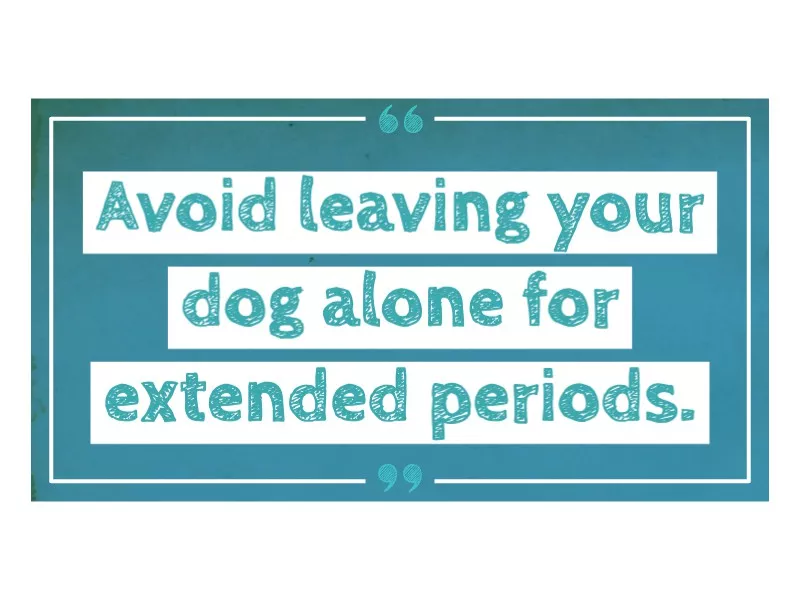
Dogs may be eating poop out of curiosity or to garner attention. It could also be a response to anxiety and being alone for long periods of time. Make sure you clean your dog’s environment to prevent leaving their poop accessible.
Also, avoid leaving your dog alone for extended periods. You could ask a friend or family member to check-in, or invest in a dog minding service. Traditional training, where you reward your pup for leaving the poop alone is recommended, but if this is ineffective, book an appointment with your vet.
The Problem: Too Much or Too Little Dog Walking
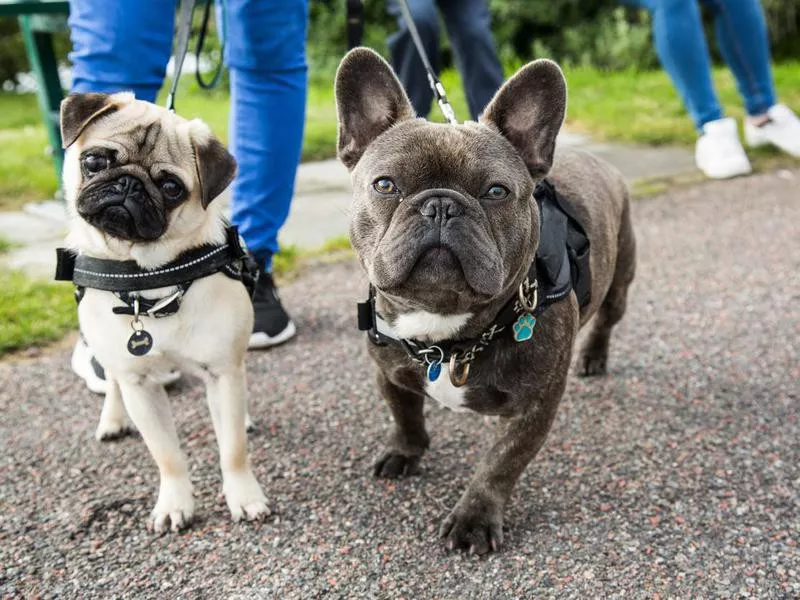
Getty
Especially if you’re entirely new to owning a dog, the basics on how much to feed or walk your dog can be confusing. The amount of exercise your dog needs is dependent on size, breed, age and how much natural exercise your dog gets in the home environment.
For example, if you own two dogs and they spend hours chasing each other or they have miles of running space on your property, walking them for extended periods isn’t a necessity, as it would be if they weren’t so active.
The Solution
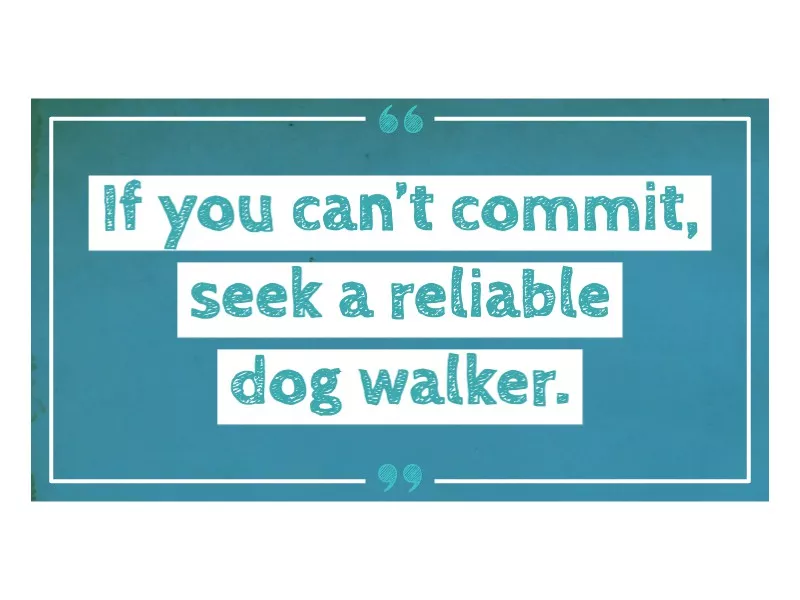
Regardless, it’s always a good idea to start your day by walking your dog. This gives them the opportunity to poop and urinate after hours of sleeping. The ideal time is mid-morning since there are less traffic and busyness, but this isn’t convenient for many people who work standard hours.
Evening walks are ideal since your dog has been at home for many hours with energy to spare from their breakfast meal. The evening walk also gives your dog time to feel cared for and noticed by you. Your dog typically needs between 30 minutes to an hour per walk to get ample exercise and do its business. If you can’t commit to this daily, seek a reliable dog walker.